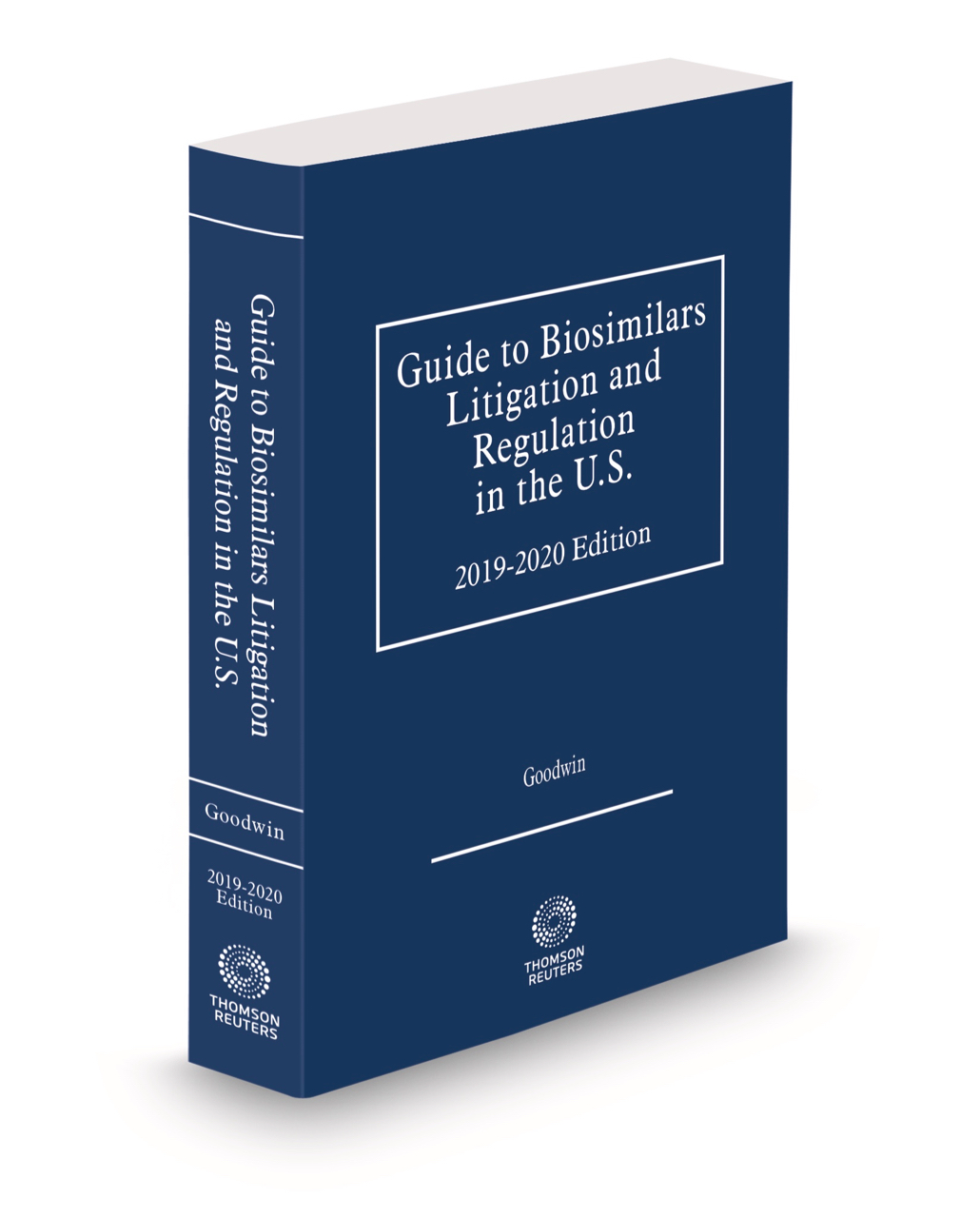Rise in Biosimilars Approvals Leads to Increased Litigation in US

Since the enactment of the Biologics Price Competition and Innovation Act (BPCIA), the Federal Drug Administration (FDA) has approved more than 20 biosimilar products, and, as the market has grown, litigation activity concerning biosimilars has increased rapidly.
Signed into law as part of the Affordable Care Act on March 23, 2010, the BPCIA is codified principally at 42 U.S.C.A. § 262. Subsection 262(k) of the BPCIA created an abbreviated licensure pathway for biological products that are shown to be “biosimilar” to, or “interchangeable” with, a reference product that has already been licensed by the FDA. And subsection 262(l) of the BPCIA introduced a new scheme to resolve patent disputes involving biosimilar products.
This burgeoning area of the law requires expert guidance and practical know-how, and the Guide to Biosimilars Litigation and Regulation in the U.S., authored by attorneys from Goodwin, provides that and serves as an understandable guide and go-to reference.
The Guide to Biosimilars Litigation and Regulation in the U.S. discusses each section of the BPCIA and how the provisions of the statute and related regulations work in practice – both in the regulatory and litigation settings. The guide also provides an overview of legal and regulatory issues unique to biosimilars that have arisen or are expected to arise in litigation concerning biosimilar products.
To keep up-to-date on legal developments in the biosimilars space, subscribe to Goodwin’s award-winning blog, Big Molecule Watch, or the companion blog, Big Molecule Watch China.